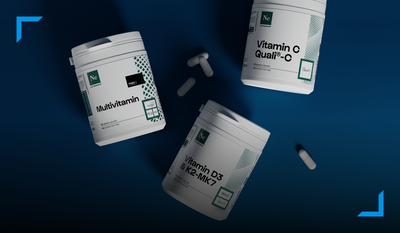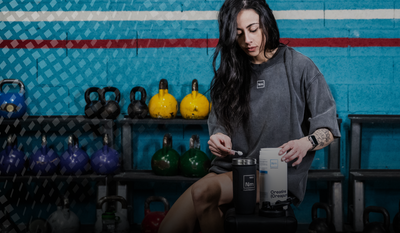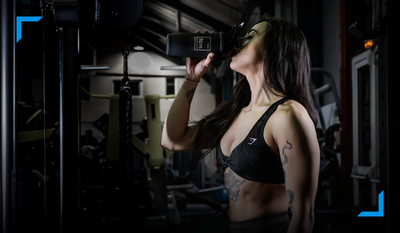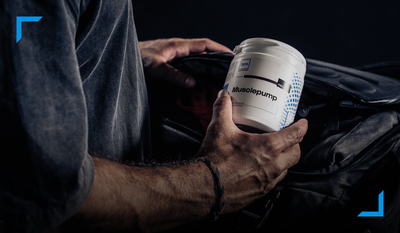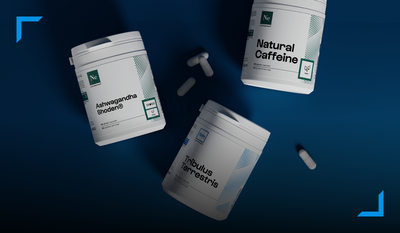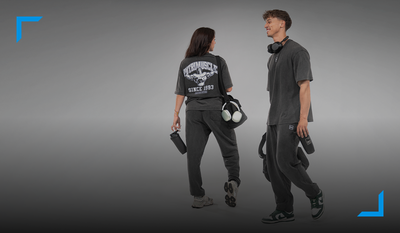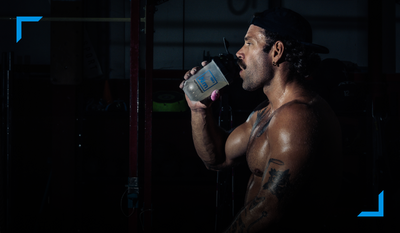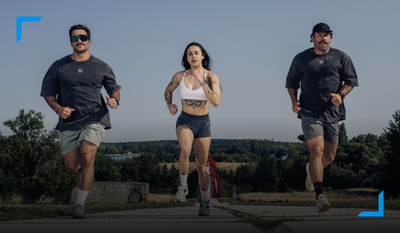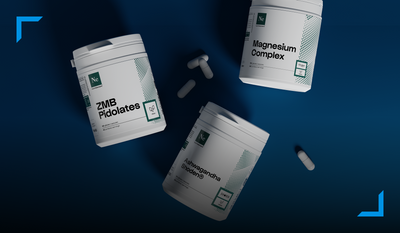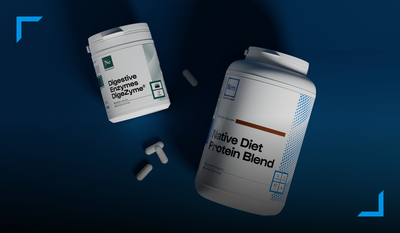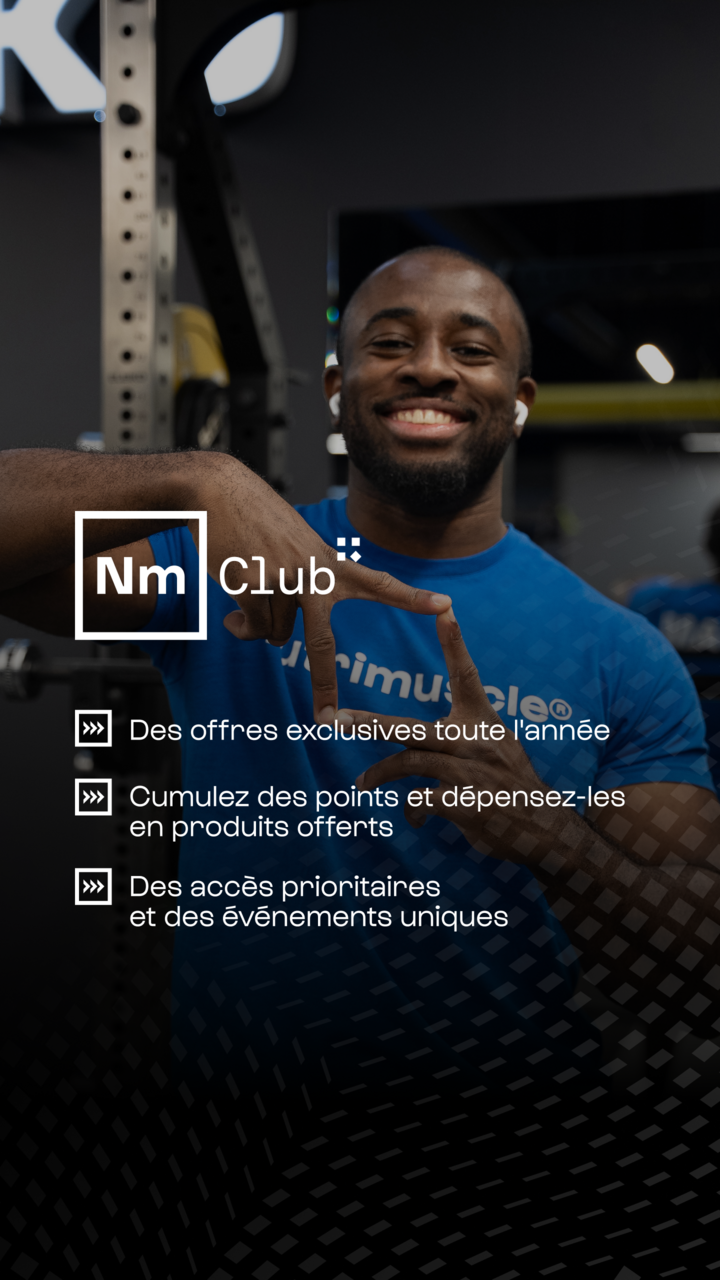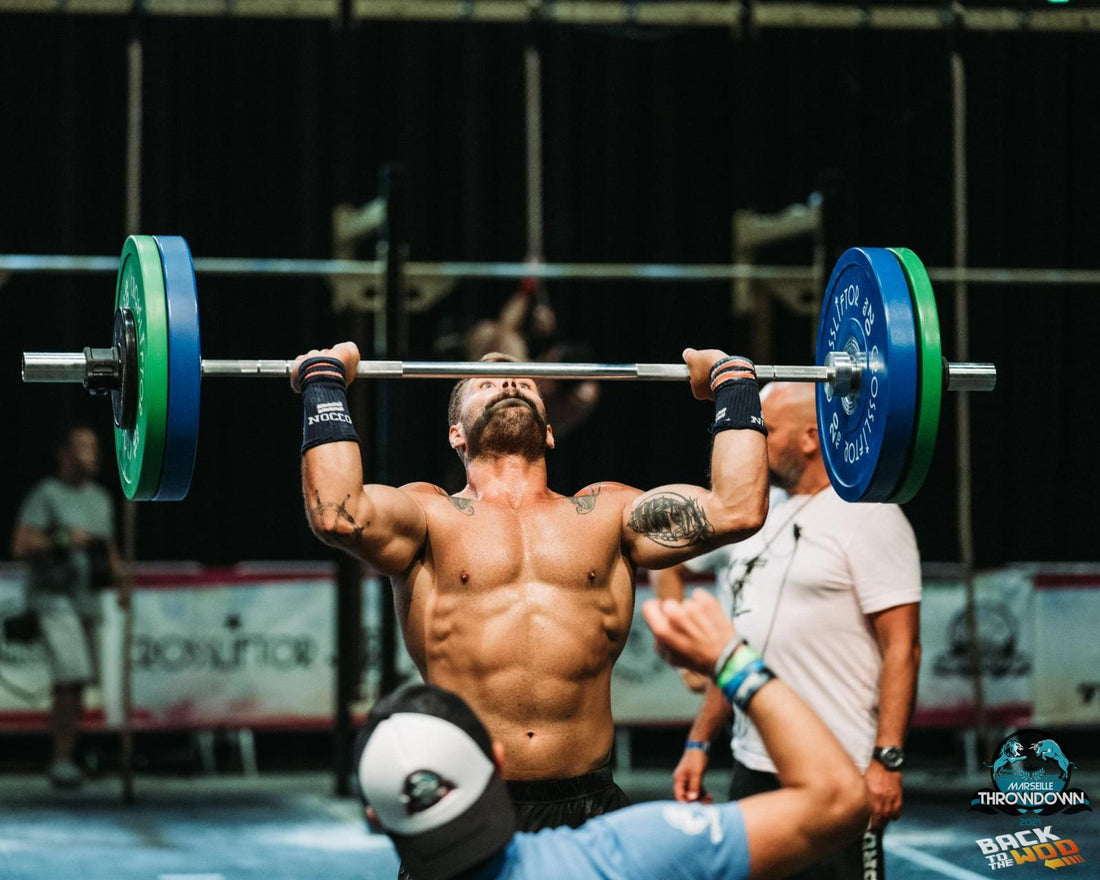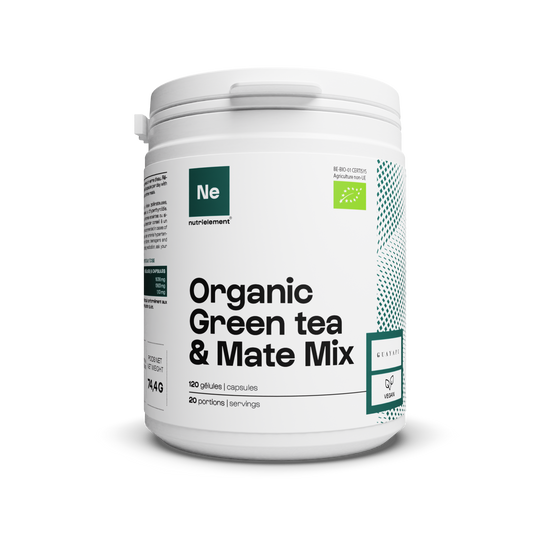0 commentaires
Want to lose fat without losing the muscle mass you've gained from previous workouts, but don't know where to start? Check out our tips to help you reach your fitness goals without losing the progress you've already made.
Table of contents:
- Follow a suitable diet plan
- Follow a suitable sports program
- Don't neglect your sleep
- Frequently Asked Questions About Drying
Follow a suitable diet plan
The first essential point to start a drying program: follow a balanced diet and reduce your calorie intake. This last point is indeed not negligible in achieving your drying 🔒, however it is advisable not to undereat yourself all at once. All your nutrient intake must be modified and calculated according to certain basic characteristics (weight, height, sports habits, etc.). To help you find your way, here are the commonly accepted nutritional references for successful drying.
Increase your protein intake
Intake : 1.8g per kg of body weight
During a drying period, protein intake is very important. And for good reason: proteins contribute to muscle building and development. In the specific case of drying, increasing your protein intake allows you to burn calories more easily, and also to provide you with a feeling of satiety in order to avoid excesses or "cracking".
To successfully reach the protein level recommended above, do not hesitate to vary the different types of intake with vegetable proteins: starches, cereals, soy, etc.; animal proteins: meat, milk, eggs. Protein powders can help you meet your protein intake more easily.
Cut down on carbs but don't deprive yourself of them
Intake : 2.5 to 3g per kg of body weight
When cutting, it is recommended to reduce your carbohydrate intake. However, do not ignore these nutrients. Indeed, carbohydrates are essential: they provide the energy needed during your workouts. And to obtain dry muscle, intense workouts are essential. Carbohydrate intake helps on the one hand to avoid deficiencies that destroy muscle, and on the other hand to avoid the loss of energy following the drop in caloric intake.
To do this, choose foods with a low glycemic index and rich in fiber such as rice, cereals (oat flakes, buckwheat, barley), sweet potatoes, etc.
Limit your fat intake
Intake : 1g per kg of body weight
As for lipid intake, it should be limited to 1g per kg of body weight. It is also advisable to favor an intake of monounsaturated or polyunsaturated fatty acids which help reduce cholesterol levels. These fats can be mobilized to provide you with energy.
Olive oil, almond butter and peanut oil are among the monounsaturated fatty acids. Omega-3 supplementation is also effective in case of a low-calorie diet: they optimize fat burning, help reduce appetite and inhibit fat growth.
Split your meals
When you reduce your caloric intake and your carbohydrate stores are depleted, the body begins a metabolic pathway called gluconeogenesis. The latter allows the synthesis of glucose from other compounds in the body. It is then advisable to split your meals into 4.5 to 6 daily meals, in order to regularly renew your carbohydrate levels without ever storing any 🔒 .
It is always good to remember: breakfast is the first and most important meal of the day. It represents between 25 and 30% of the daily caloric intake. This meal must provide you with a high level of carbohydrates, essential to follow your training day and not synthesize glucose.
Follow a suitable sports program
Losing fat while maintaining muscle mass is not always easy. Finding the right balance is therefore essential in order to achieve optimal drying. The cardio/weight training duo (40% cardio and 60% weight training) is generally effective since it will allow you to burn your excess fat while limiting muscle loss by making you work on your strength.
For example, to develop your program, you can dedicate 2 days of the week to cardio and 3 to weight training, while alternating cardio days/weight training days in a session of about 1 to 1.5 hours. You can also start a workout with 30 minutes of cardio and finish with 1 hour of weight training targeting one or two areas (abs/thighs for example).
For cardio, you have a wide choice depending on your interests: running, cycling, jumping rope, etc. For bodybuilding, the important thing is to vary your exercises and increase the repetitions. For example, a training day can be structured around exercises such as the bench press, squat, deadlift or pull-ups, done in 2 sets of 15 to 20 repetitions.
Don't neglect your sleep
Finally, to succeed in your drying, you must ensure that you optimize your recovery. It is during sleep that your body and your nervous system regenerate, which is why sleeping well is essential for physical progress.
A good night's sleep also allows your body to avoid catabolism (muscle loss) which will penalize you in achieving an effective cut. This will also allow you on the one hand to be efficient in the next training sessions and on the other hand to avoid the risk of injuries or overtraining.
To learn more about cutting, we recommend reading our article Mistakes to avoid when cutting.
Frequently Asked Questions About Drying
What type of training should I do?
The cardio/weight training duo (40% cardio and 60% weight training) is generally effective since it will allow you to burn your excess fat while limiting muscle loss by making you work on your strength. Vary the weight training exercises and increase the number of repetitions.
What meal plan should I follow?
Increase protein, decrease carbohydrates, and limit fat. Divide your meals into 4 to 6 servings per day. We recommend calculating your macronutrients to establish a diet plan adapted to cutting.
What supplement should I add to my food program?
Thermogenic or lipotropic supplements accelerate fat loss. Green tea, guarana, caffeine and carnitine are good allies for drying out.
How long does the drying last?
The length of the dry period depends on your sports practice, your goals and your fat mass. Generally speaking, the dry period should not exceed 8 weeks. Bodybuilders generally start a dry period in April and finish in June.




